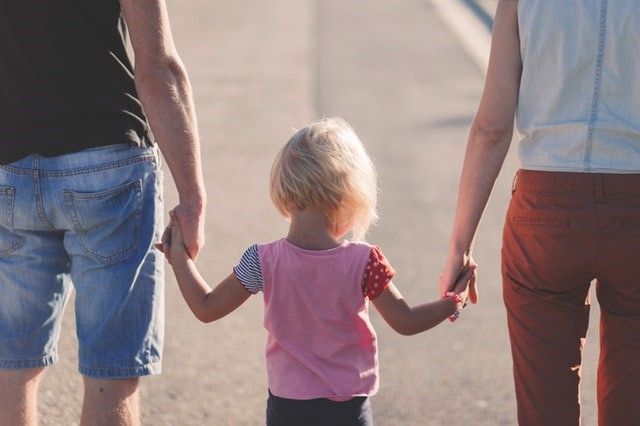
What are some of the advantages and disadvantages of living in a remote mining town?
When people think mining jobs, FIFO often springs to mind. That’s the best of both worlds, right? But in fact, there are a whole host of advantages to taking a residential mining job and living within the community.
Are you and your family ready for life in a small town? Here are some of the main considerations you need to think about.
Considering a move away from FIFO? Land your next residential mining job with help from MPi’s free candidate service. Register with MPi .
The Good
Family Life
The hours are notoriously long for FIFO workers, but some residents work standard hours – around 40 to 50 hours a week. If you have a family, you’ll get to come home to them every night instead of every two, three or four weeks (or more).
Housing
You’re able to reside in your own home so it’s goodbye dongas, communal dining and fixed meal times and hello creature comforts and a personalised living space. What’s even more enticing, mining companies occasionally provide subsidised housing and utilities, thereby reducing the amount of your salary you’ll spend on living expenses.
RELATED: Do I move my family to take up a residential mining job?
Working Life
If you’re willing to relocate, you vastly increase your job prospects because organisations often prefer to hire local workers. You may also find there’s a stronger sense of team in your work environment because locals tend to work and socialise together.
Commuting
There is a definite advantage to residential mining jobs that you may not have considered. Forget traffic jams, for a start. The commute time can be as little as ten minutes one way, so there’s more leisure time than what most city workers enjoy. And we haven’t even started on the flying time you’d normally rack up with a FIFO job.
Social Life
The nature of the mining industry in Australia means everyone is in the same boat as you – away from family and friends – so workmates often become much closer than workmates usually would. It creates a very different dynamic. People are usually inclusive and welcoming, with social activities more family-centric because there are so many young families in town.
Facilities
The facilities on offer – sporting, social, schooling and community – are often better supported by mining companies in regional towns than in larger cities.
Career Opportunities
Mining towns are actually a fantastic place to get a start in the industry. They’re the ideal place to go if you want an entry-level job in the industry as, often, mining companies are keen to hire from the local community first. So it can be an easier way to get your foot in the door than looking for a FIFO job.
The Not So Good
Housing
It’s true; the cost of living is higher than city life. Rent and transportation can be more expensive if you are not in company-supplied housing, so if you do manage to secure provided housing, you’re off to a good start.
Commuting
The distances between mining towns and cities in Australia are vast. While most towns have regular flights to a capital city, these can be expensive and it can be costly for a family.
Food and groceries
In smaller mining towns there can be a lack of choice in shopping facilities and diversity in products offered. If you have a hankering for authentic Asian or Middle Eastern food, for example, this can be a bit difficult to come by. And if you like the convenience of groceries delivered to your door, service may only be available once per week.
RELATED: Sacrificing lifestyle for FIFO: Is it worth it?
Facilities
Most small regional towns usually have a primary school but don’t have the resources and facilities a school in a city would have. Essential services, such as medical specialists, are not easily accessible and sometimes a simple medical problem can become a logistical challenge.
Social Life
While there is a great close-knit community, entertainment like live music and shows can be limited. If you’re on the lookout for a partner, there might not be many other singles available, plus there’s typically a gender imbalance with more males than females.
Exciting, thriving communities
There’s a temptation to think that all mining towns are small, dusty and remote, but that’s often not the case. Cities like Kalgoorlie in Western Australia or Mount Isa in Queensland are thriving communities, with all the facilities you’d expect that to entail — from high schools to hospitals.
Here’s a blog filled with some of the surprising things people who move to Kalgoorlie find they love about the place. And here’s an article that will give you an idea of the spirit of Mount Isa and its people.
There are certainly pros and cons to consider before moving to a mining town. But, like most things in life, it is what you make it. While it’s not for everyone, many people love the lifestyle and don’t regret their decision to relocate.
Land your next job in the Australian mining and resource sector easier with help from MPI’s free candidate service. Register with MPi .